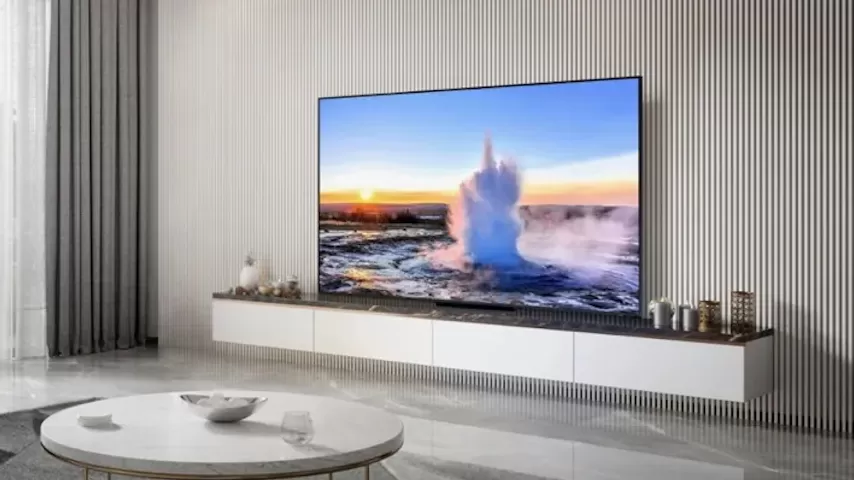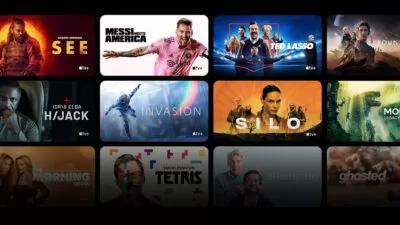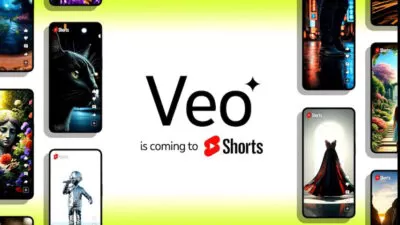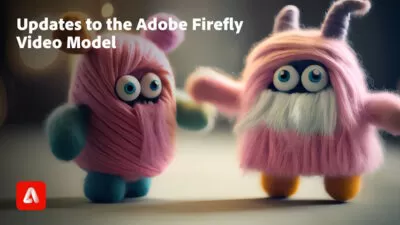In today’s market, two of the leading TV technologies you’ll encounter are QLED and OLED. QLED stands for Quantum Dot Light Emitting Diode, while OLED stands for Organic Light Emitting Diode. But what do these terms mean, and which technology is superior? Let’s break it down.
Both QLED and OLED TVs have their unique advantages and differences. We’ll compare them across several key criteria, including brightness, motion clarity, price, and the issue of image burn-in.
QLED TV Explained
QLED, or Quantum Dot Light Emitting Diode, enhances a standard LED TV with tiny nanoparticles known as quantum dots. These dots help produce more vibrant and accurate colors. In a typical LED TV, white LEDs often veer towards blue, red, or green. QLEDs use a blue LED backlight that passes through a layer of red and green quantum dots, creating a near-perfect white light. This results in more accurate and vivid colors on the screen.
Samsung popularized QLED technology, though you’ll also find QLED TVs from brands like Vizio, Hisense, TCL, Amazon (with its Omni Fire TVs), and Roku. Despite the advanced quantum dot technology, QLED TVs still rely on an LED backlight behind an LCD panel to produce images. Mini-LED technology, a recent improvement, allows for better control of backlighting, making black levels more comparable to OLED TVs.
OLED TV Explained
OLED, or Organic Light Emitting Diode, differs significantly from QLED. Each pixel in an OLED display is a tiny, self-illuminating light, meaning there’s no need for a separate backlight. This allows OLED TVs to achieve true black levels by turning off individual pixels, which is a significant advantage over QLED’s backlight system.
LG Display manufactures most OLED panels, which are used by brands like LG Electronics, Sony, Vizio, Philips, and Panasonic. Samsung has also entered the OLED market with its QD-OLED technology, which combines quantum dots with OLED.
QLED vs. OLED: Key Comparisons
- Black Levels and Contrast
- Winner: OLED – OLEDs can achieve perfect black levels by turning off pixels completely, while QLEDs may experience light bleed due to their backlight.
- Brightness
- Winner: QLED – QLED TVs can achieve higher brightness levels, making them better for well-lit rooms.
- Color Space
- Winner: Draw – Both technologies offer excellent color accuracy, though QLEDs use quantum dots to enhance color at high brightness levels.
- Response Time and Gaming
- Winner: OLED – OLEDs have faster response times, beneficial for fast action scenes and gaming. Both QLED and OLED can offer low input lag and support VRR (Variable Refresh Rate).
- Viewing Angle
- Winner: OLED – OLEDs maintain picture quality at wider viewing angles compared to QLEDs.
- Size
- Winner: Draw – Both OLED and QLED TVs are available in a wide range of sizes.
- Lifespan
- Winner: QLED – LEDs have a longer proven track record, though OLEDs are also quite durable.
- Image Burn-In
- Winner: QLED – OLEDs are susceptible to burn-in under extreme conditions, while QLEDs are not.
- Power Consumption
- Winner: OLED – OLEDs are more energy-efficient as they do not require a backlight.
- Eye Comfort
- Winner: OLED – OLEDs emit less blue light, reducing eye strain.
- Price
- Winner: QLED – On a price-per-inch basis, QLEDs tend to be more affordable, though the gap is narrowing.
QD-OLED: A New Contender
Samsung’s QD-OLED combines the benefits of OLED and QLED, offering improved brightness and color accuracy. While LG’s latest OLEDs are nearly as good, QD-OLED represents a significant advancement in TV technology.
Conclusion
Both QLED and OLED TVs offer excellent performance, with each having distinct advantages. Your choice will depend on your specific needs and viewing environment.








